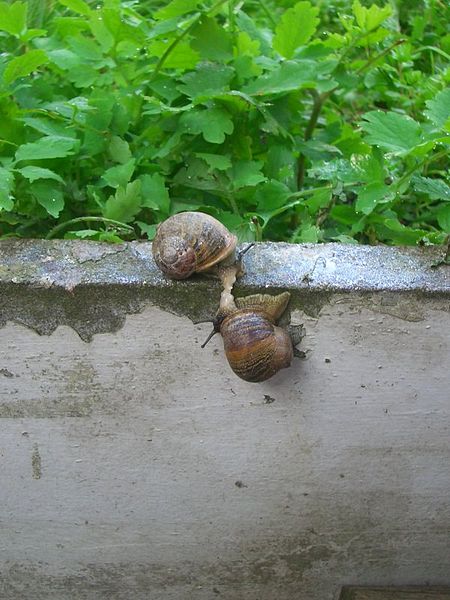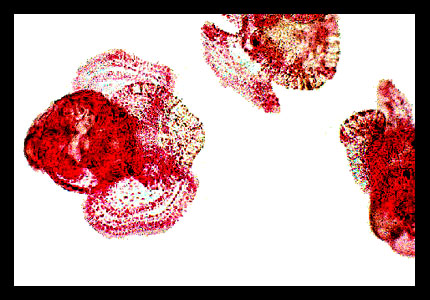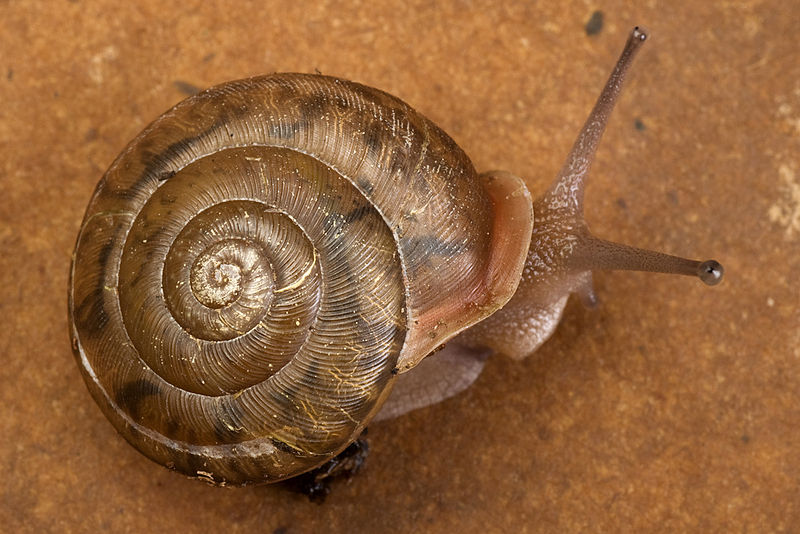Reproduction

Snails can either reproduce sexually or asexually (Hickman et al., 2012). The difference between these two is that two partners are needed for the first and only one snail is needed for the latter. To say that a male and a female snail are needed for sexual reproduction would be incorrect, for the Subclass Pulmonata, because all snails in that group are both male and female (Hickman et al., 2012).
To initiate the mating process between two snails a love dart is sometimes used (Wikipedia.org). A love dart is a spear made of calcium that is shot from one snail into the other (Wikipedia.org). Millerelix troostiana is different because it no longer utilizes a love dart (Zipcodezoo.com).
Not much is known about the species M. troostiana and the following information about reproduction is about the Family Gastropoda in general.
During sexual reproduction two dioecious snails (one snail, two sexes) inseminate each other (Hickman et al., 2012). The fertilized eggs then begin development, this development including larval stages such as trochophore and a veliger stage (Hickman et al., 2012). This kind of development is called indirect development (Hickman et al., 2012).

According to Hickman et al., the shell of the snail starts to form during the veliger larval stage and the snail goes through the process of torsion (2012). Torsion of the body occurs when the anus in the back of the shell starts to twist to the front; the outcome is only one opening in the shell and more protection for the snail (Hickman et al., 2012). Snails technically have bilateral symmetry but because of torsion and coiling the shell doesn’t always look symmetric (Hickman et al., 2012).
The snail then continues growing through mitosis (cellular development) until it becomes an adult.
From Reproduction, let's learn a little about Evolution
